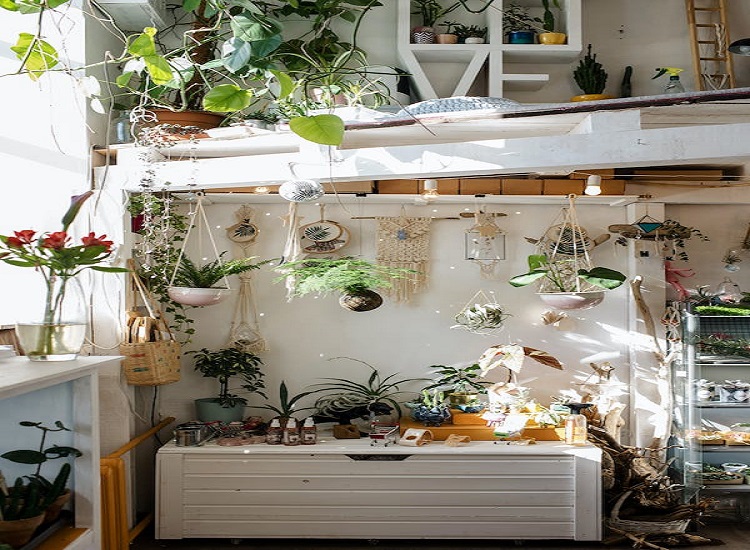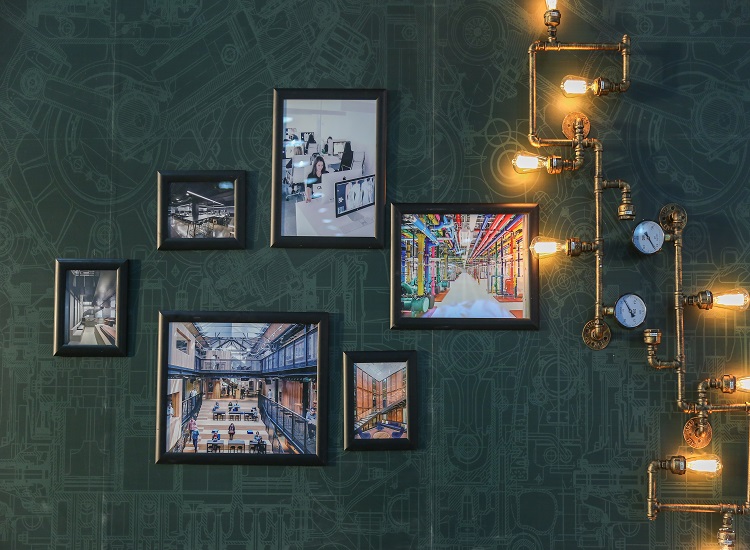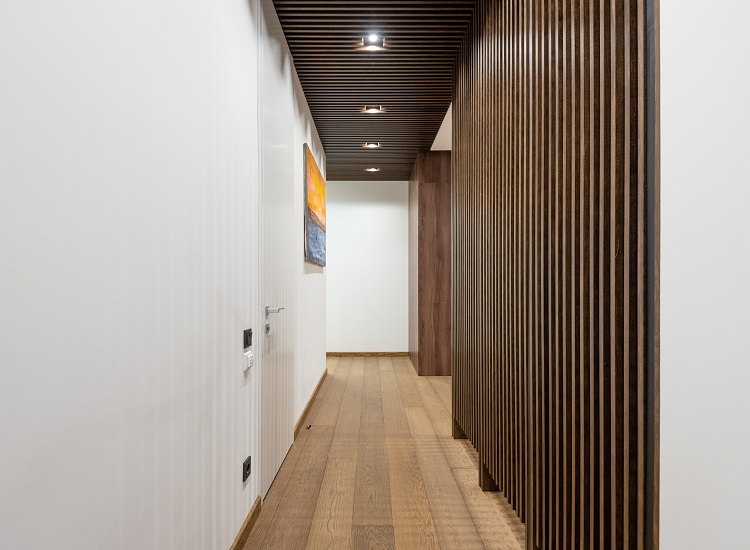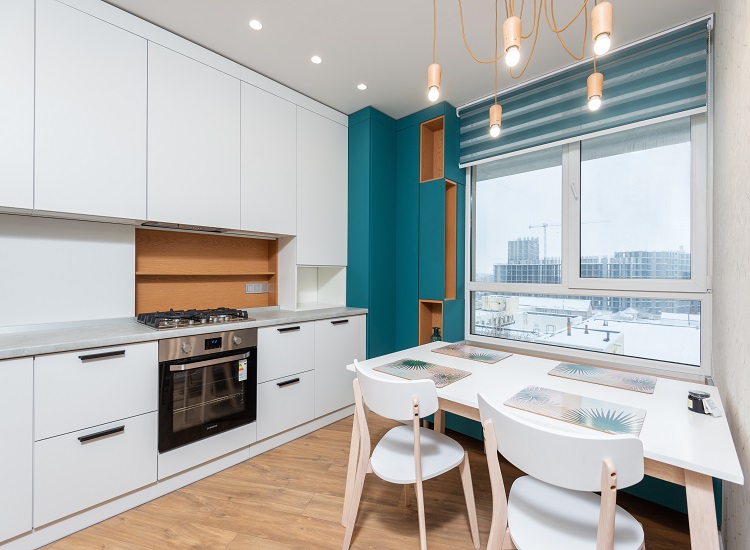Every bit of space counts in your first home. Don’t think that small spaces can’t be interesting spaces. In fact, these are the most challenging and therefore the most interesting. Hallways, entryways, stairways, and landings are special places for creating ambiance and setting the stage for the rooms leading from them. A real estate agent once described a house as having two and a half bedrooms. The half bedroom turned out to be nothing more than a closet, but when the new owner took over, she turned that little space into a sitting area that was more luxurious than any room in the house.
Decorating a small space in an exciting way is all about editing. If you’re starting with nothing, you’re in luck. You don’t have to figure out what to get rid of. If you want the space to seem larger, don’t fill it so it becomes claustrophobic. However, if a cozy, intimate look appeals to you, this is a lot easier to achieve than decorating on a grand scale. It all depends on how the space will be used.
Color
Very pale pastels are often better than white. White can actually look dull in low lighting. To make a small room look larger, paint the walls, and ceiling and trim one color. The more contrast between the walls and the trim, the smaller the room will look. It will have a choppy feeling. This also goes for floors. Small area rugs aren’t as space-enhancing as a floor treatment of all one material and color. High-gloss paint will brighten a small space.
The late, great decorator Billy Baldwin lived in a small and undistinguished apartment in New York City. To overcome its size and plainness, the decorator painted every room dark brown, which was his trademark. He used off-white shades and brass accessories for accents and created illusions of space by placing mirrors in useless corners. Rather than concentrating on making the small rooms look larger, he made them look stylish and as good as he would have any other size room.
Lighting
Wall-mounted sconces and floor uplights provide indirect general lighting that is most effective in small areas. An uplight is a canister light about 8 inches high that can sit on the floor xx1toto or a table. Here are some old tricks that decorators use to create indirect and dramatic lighting in an entryway: Place an uplight behind a large plant on the floor in a corner. A large chandelier centered on the ceiling in a small space gives it a magical quality. Light-reflecting off the ceiling opens up a small room. An interesting lamp, perhaps an antique, with a translucent shade on a small table in a hallway will make the room look gracious.
Walls
Strangely, small spaces seem larger when the walls are papered in a bold pattern. If you love patterns and color, use them in your hall or entryway for a great dramatic effect. This is a marvelous way bacan4d to enhance a room that has nothing special in the way of architectural details. The wallpaper gives the room an assertive attitude. If, on the other hand, you have a period house, choose the wallpaper of that style to give it back its heritage.
Windows
If the small space has a window, keep it bare so you can get as much natural light as possible. If you must treat it, keep it simple. Linen Roman shades from Pottery Barn are quite handsome. To make a small window appear larger, place a curtain rod as high as possible above the window bacansport frame and hang diaphanous, filmy curtains that puddle to the floor. The window will appear grander than it is and the curtains won’t block the light.
Furniture
Any furniture you introduce into a small space should be oversized. This might seem like a contradiction, but small pieces will look dinky and make the room appear insignificant. A few bold pieces will dramatize the space.




